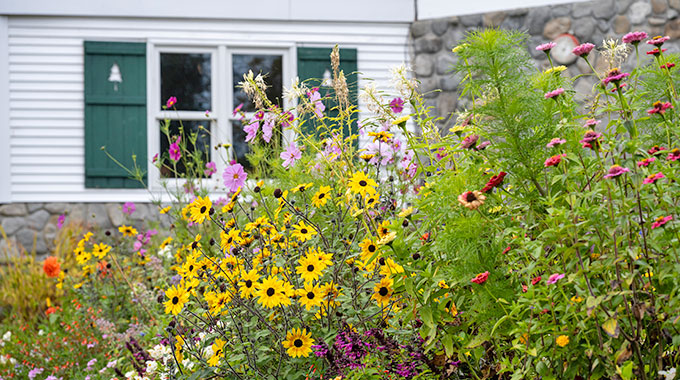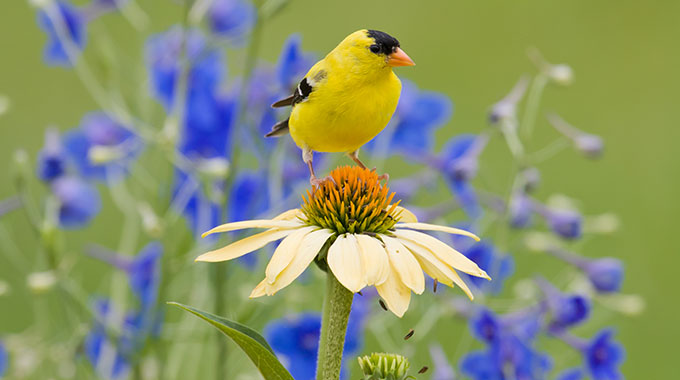Easy Ways to Start Including Native Plants in Your Landscape
Newsletters | 06.17.25
Start Small, See Big Results
You don’t have to redesign your entire garden to enjoy the benefits of native plants. In fact, incorporating even a few native varieties into your home landscape can create a big positive impact. Begin with a single flower bed, add a few native perennials to your existing borders, or swap out a patch of lawn for native ground covers. These small changes are manageable and can be accomplished at your own pace, giving you time to learn what works best for your yard.

Swapping a section of lawn for native wildflowers can attract butterflies and reduce mowing needs.
Why Small Changes Matter
Native plants require less water, less fertilizer, and less maintenance once they’re established – making them perfect candidates for those looking to simplify their gardening routine. By gradually replacing high-maintenance or non-native plants, you’ll be reducing your yard’s need for extra resources and creating a landscape that’s both beautiful and sustainable. Not to mention, even a modest cluster of native plants can provide food and habitat for local pollinators, birds, and beneficial insects.
Easy First Steps
Wondering where to begin? Try interplanting native species like coneflower, bee balm, or milkweed with your favorite ornamentals. Plant a native shrub, such as serviceberry or winterberry, in a corner that needs a boost. If you have a problematic area where nothing seems to thrive, replace it with a native plant suited to those conditions – there’s a native option for nearly every sun, shade, dry, or soggy spot!

Even small pockets of native plants will support bees, butterflies, and songbirds.
Grow Your Native Footprint
Over time, you can keep building on your success. Each new native addition will increase your yard’s ecological value and resilience. The best part? You’ll be able to observe more wildlife and enjoy a landscape that feels connected to the natural beauty of your region. Every small step counts – so why not start today?
Need help choosing your starters? Contact us today to start the conversation!
